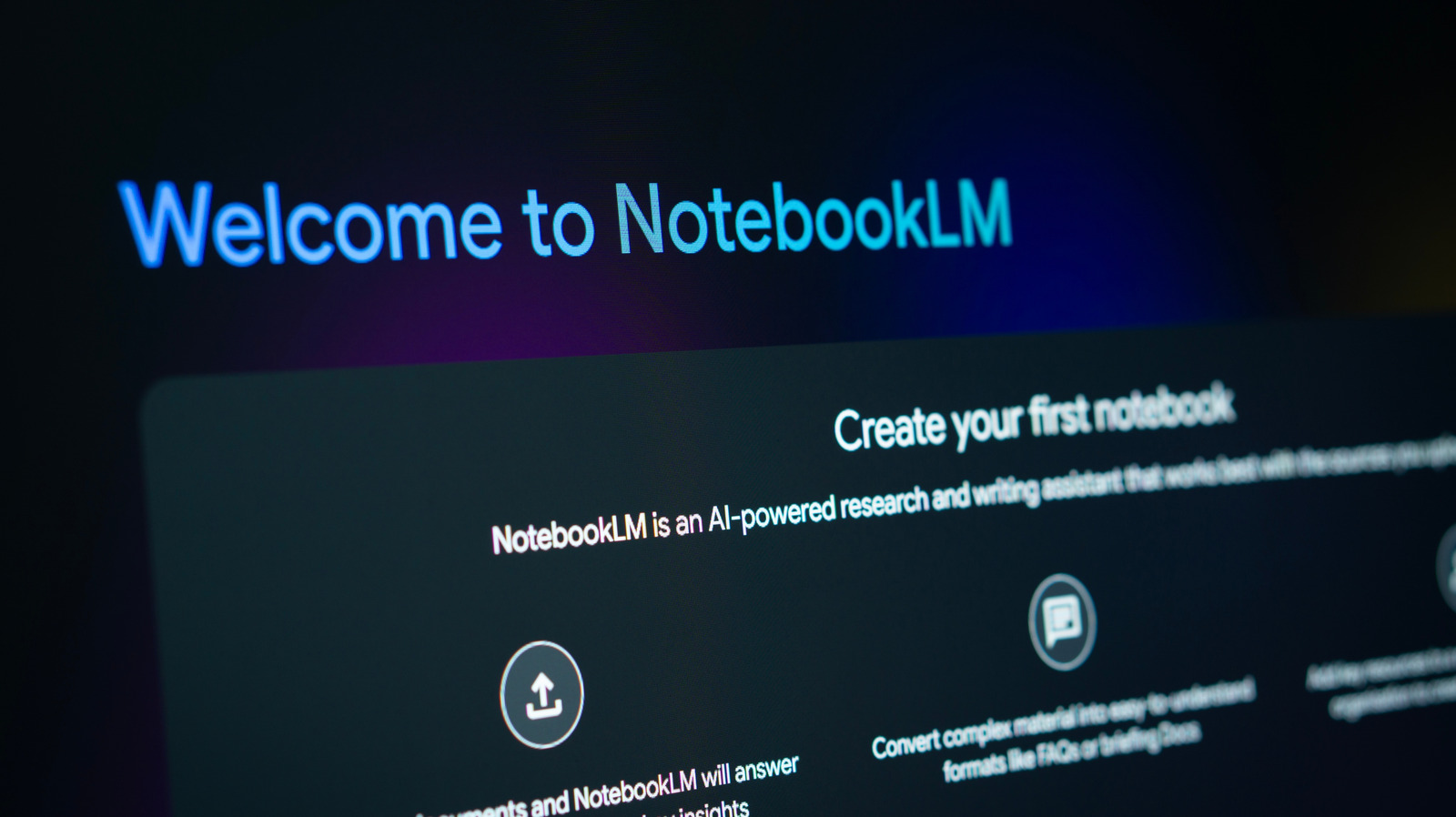While taxi customers in San Francisco, Los Angeles, Phoenix, Austin and Atlanta can hail rides from driverless vehicles, passengers eager to do the same in Seattle — one of the nation’s leading technology hubs — are stuck at the curb.
Amazon-owned Zoox is “intermittently” conducting tests of its autonomous vehicles, according to a Seattle Department of Transportation spokesperson. And Waymo — though certified for testing in Washington — has no commercial operations planned for the state.
The contrast is stark given early enthusiasm for the technology. Nearly a decade ago, Google began testing self-driving cars in the Seattle area and then-Gov. Jay Inslee proclaimed autonomous vehicles would “promote economic growth, bring new jobs, provide research opportunities” and allow Washington to “serve as host to the emergence of new technologies and innovation.”
The region is an attractive market for potentially cheaper robotaxis. A 30-minute Uber ride in Seattle costs $60 on average — the highest price for larger U.S. cities, according to The Seattle Times. But state lawmakers are wrestling with concerns about the vehicles’ safety and aren’t racing to assemble a framework that gets self-driving cars on the road.

The route to commercial operations in the state “is through rigorous testing,” said Rep. Shelley Kloba, D-Kenmore, a state lead lawmaker on autonomous vehicles.
“That is the pathway to deployment,” she continued. “In order to get the public to trust the vehicles [companies need to] show that you have a safety-case framework, that you have laid out criteria for how safe is safe enough, and you have met those criteria. And we don’t have very many companies doing that, if at all.”
However, the absence of a roadmap to commercialization can discourage that testing.
“The lack of a clear set of regulations/rules for commercial deployment is a clear deterrent for companies to invest in mapping, testing, and scaling priority” for Seattle and Washington, said Kelly Rula, director of the University of Washington’s Urban Freight Lab, via email. “Especially when considering that other states have opened this door more readily.”
A state workgroup acknowledged the uncertainty in a 2024 report, saying “Washington’s regulations do not currently define a clear path to deployment, nor do interested parties necessarily agree on what a clear path to deployment will entail.”
Seattle’s in-roads

Seattle’s Department of Transportation (SDOT) has spent years preparing for autonomous vehicles.
- It created a permitting program for vehicle testing three years ago.
- In 2023, Seattle and Bellevue jointly produced a strategic vision for integrating driverless vehicles into their cities.
- This year, Seattle announced a first-in-the-nation program to keep autonomous vehicles away from emergency zones, and it published stakeholder recommendations for ensuring equity and environmental protections in driverless car regulations.
When asked if the city can or has encouraged the commercial deployment of autonomous vehicles, an SDOT spokesperson referenced the lack of a state-wide framework for taking action.
Federal leadership on the issue is limited as well. There are no U.S. laws governing autonomous vehicle operations, and the National Highway Traffic Safety Administration only regulates the safety of the vehicles themselves, regardless of how they’re used. And the U.S. Transportation Department’s Office of Automation Safety, which helps regulate driverless vehicles, is shrinking dramatically due to Trump administration funding cuts, Politico reports.
Kloba sponsored a key law addressing driverless vehicles and is pursuing further legislation that requires a safety driver to be present on test drives and that holds autonomous “drivers” to the same standards as humans in a crash.
Safety and perceptions
Public skepticism about driverless vehicles remains high: 61% of U.S. respondents say they’re afraid to ride in autonomous vehicles, according to a recent AAA survey. Only 13% of those surveyed said they trust the vehicles.

Yet the potential benefits are significant. Beyond potential cost savings for passengers, driverless taxis could address rider safety concerns that have plagued ride-hailing companies, as Uber has struggled with sexual assault and misconduct by drivers, the The New York Times reports.
And a study last year by Waymo found that compared to human drivers, the company’s driverless taxis had dramatically lower crash rates in scenarios that included intersections and collisions with pedestrians, bikes and motorcycles. The research was published in a peer-reviewed journal.
Seattle’s challenging conditions — rainy weather, narrow tunnels and hilly terrain — once made it more daunting for robotaxis to navigate. But those hurdles are diminished as the technology improves.
“Land-use, street design, and weather have played an important role in testing selection to date,” Rula said, pointing to cities like Phoenix as better candidates in early testing. “But that is changing quickly now that scaling is rapidly occurring.”
Waymo expands elsewhere
Waymo, which began in 2009 as the Google Self-Driving Car Project, plans to expand its robotaxi service next year to Miami, Washington, D.C., and Dallas. Amazon’s Zoox hopes to begin offering public rides in Las Vegas this year and recently received a Federal Motor Vehicle Safety Standards exemption — a step toward commercial deployment.
For Seattle riders, it’s unknown when a robotaxi will be available to shuttle them to their destination.
In October 2022, Waymo launched a six-month test in Bellevue using five electric Jaguar I-PACE vehicles that operated autonomously with safety drivers, but nothing appears to have happened since then.
Waymo spokesperson Sandy Karp spelled out the steps for entering a new market, starting with manual drives to collect local roadway information, testing that includes a safety driver, and then fully autonomous testing without passengers.
“Waymo is exploring lots of new places around the world,” Karp said, via email. “I don’t have any details to share, but we would certainly love to serve residents of Washington in the future.”











